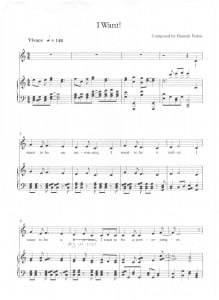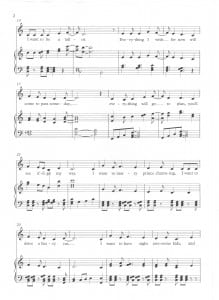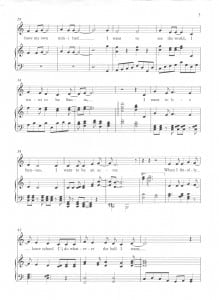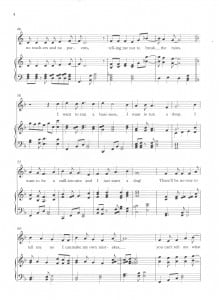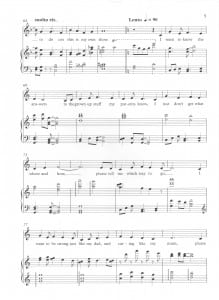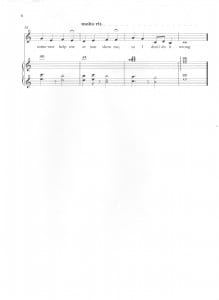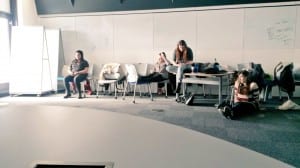In one of our past workshops, our director Tamsyn created an exercise where we improvised a scene using a stimulus, for example an object being stolen. We were then all given different ages to work the scene around and note the difference in our actions, body language and voice. When given a particular age such as five, our behaviour became a lot more childish, loud and immature and then when dealing with the same situation a lot older, we noticed we became a lot more practical and mature when trying to find a solution. This was a useful exercise to experiment with the physicality and behaviours of embodying different age groups. In another workshop, we started to develop a “chair duets” scene, playing with the idea of the progression of a relationship as the characters pass through childhood, to the teen years and through to adulthood. It was interesting to play with altering our behaviour, facial expressions and movement to reflect the stage of life that the characters were facing. This movement scene prompted the further idea to write either a narration or a song over the top of this to highlight what was being shown – more on song writing in my next blog!
Hannah
